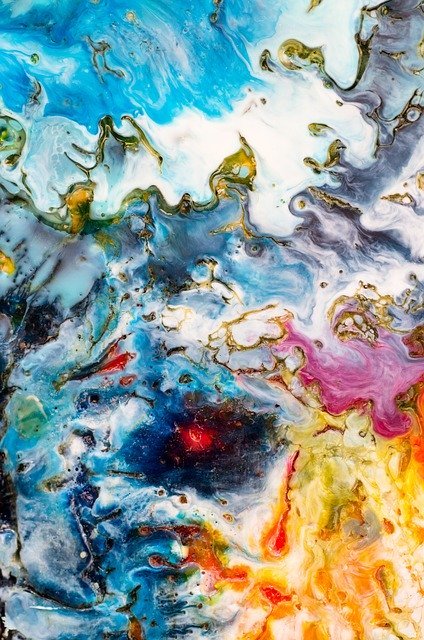What a great decision! However, with the abundance of information that is available, it is very easy to get confused about where to begin. Fortunately, this article is packed with easy suggestions and insightful tips that can enhance your shots.
Minimize the fuss when you set up to take your photographs. You can take great pictures without changing your color or motion settings.
Pick what you want in the picture. A great picture will allow the viewer to see a particular aspect of the subject in the photograph. If you try to put too much into one photograph, you’ll overwhelm yourself and your viewers. If you are trying to convey an overall impression of a scene, shoot a sequence of pictures, instead of a single image without a clear subject.
Framing is an extremely important factor when it comes to photography. Make sure to zoom in on the focus of the picture, and keep distracting elements out of the picture. You can take away all of the clutter and unwanted objects in your pictures.
Consider trying new things; don’t be scared of taking pictures that are original. An excellent picture needs to have its own personal style to it. Show this point of view to the rest of the world. The same old picture taken over and over is of little interest. Lay on the ground to capture something above you, or shoot down from a balcony. Express your creativity through your photographs.
When deciding on which shots to display, choose the best ones. Avoid showing too many photos, numerous photos containing the same subject. People get bored seeing the same thing repeatedly. Keep what you show other people fresh and exciting by showing many different types of photos.
When you are taking photos of landscapes, create an appearance of depth. Foreground is very important in landscape photography; place an object in the foreground to create a sense of depth and scale. A small aperture, usually smaller than f/8 in many digital cameras and f/16 for SLR’s, allows greater sharpness throughout the entire picture.
Often a photographer will be so concerned with a landscape background that he neglects the details in the foreground. However, this is the first place the viewer’s eye will land. Compose the frame in such a way as to make the foreground as important to the image as the background is to create a truly striking photo.
Some good advice is to be sure to actively search out other photographers, and look at their work for inspiration. If you look at their photographs, you will get more ideas at what you can do.
Be careful when packing cameras and other photography equipment prior to a trip. Take cleaning equipment and back-up batteries, as well as all the lenses you expect to make use of. Try to pack as lightly as possible, without forgetting any of the essentials, so that your bag remains easy to manage during travel.

Properly framing your subject can improve your photograph. To remove things that aren’t relevant to your subject matter, zoom into its focal point. By using the zoom feature you can clear up any unwanted clutter and eliminate any unwanted focal points.
Take photos of people wherever you go. Of course, it is recommended to request permission first before snapping pictures. When reviewing your travel pictures, these people will give you a lasting emotional connection to your travels, even if the faces do not seem very unusual at the time. Try to get a candid expression with casual clothing.
When you have to make a choice on what photos you want to show off, pick the best ones! Do not show every photograph you have ever taken or too many of the same subject matter. When people are looking at your photography, they don’t want to see similar subjects over and over. So keep it fresh while showing all your different photography skills.
Take some notes as you are snapping photos. When you are looking at your pictures later on, it will be nice to see where the picture was taken, and how you felt when you took it. Use a small notepad, just make sure that you write down what number the picture is in your notes.
Many photographers ignore the foreground in their shots focusing on the background, but the viewer sees the foreground. You can maximize the appearance of depth and create a more vivid frame by composing the foreground to make these things happen.
You are allowed to move around the subject to find an interesting shot. If possible, take a spectrum of shots from many angles including from above and below.
Hopefully you should have an idea of what to do next when it comes to bettering your photography skills. Come back anytime to review the article and brush up on new skills. Keep working on it and be persistent and you will be able to take your photography to the next level.
Spend some time taking photos with another photographer, or join a photography club. You can learn many photography techniques from other people; however, you should not just imitate their style, you should develop your own. Taking time to compare the photographs that you took will help you to see how different people can interpret images differently.


